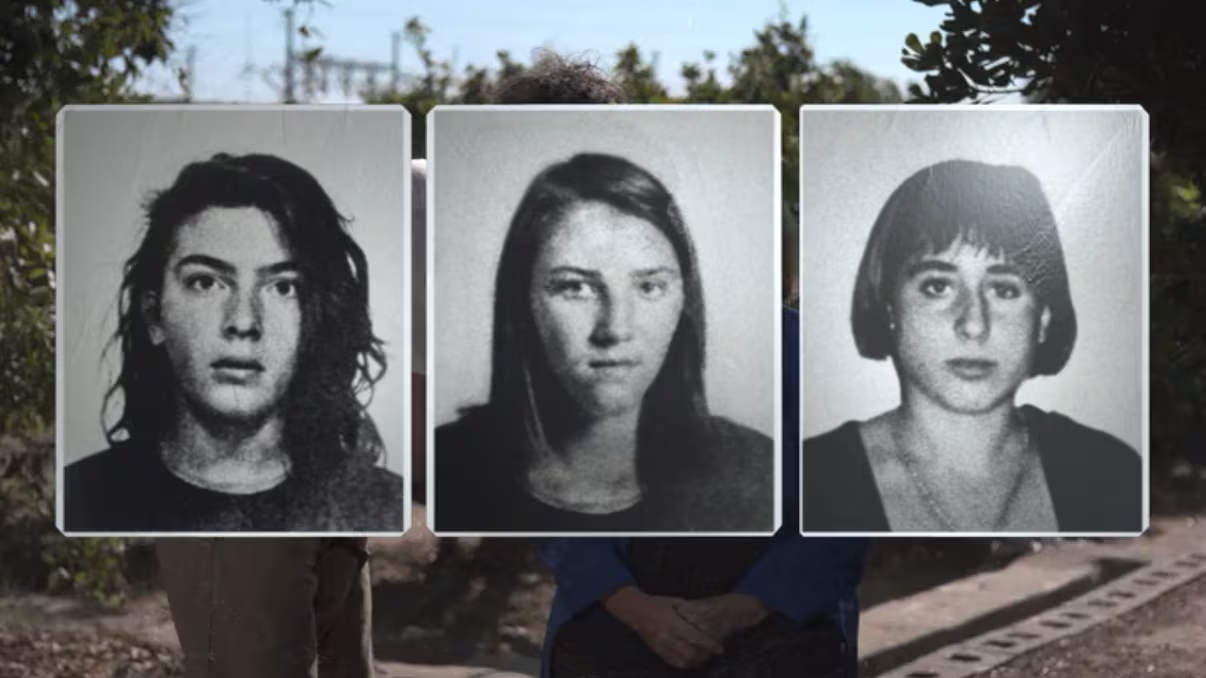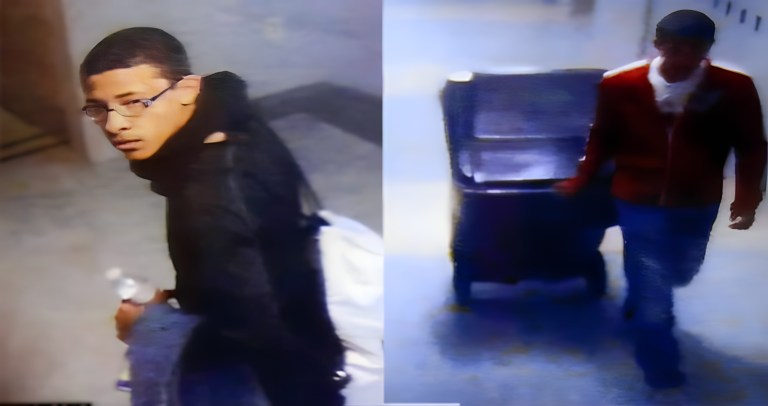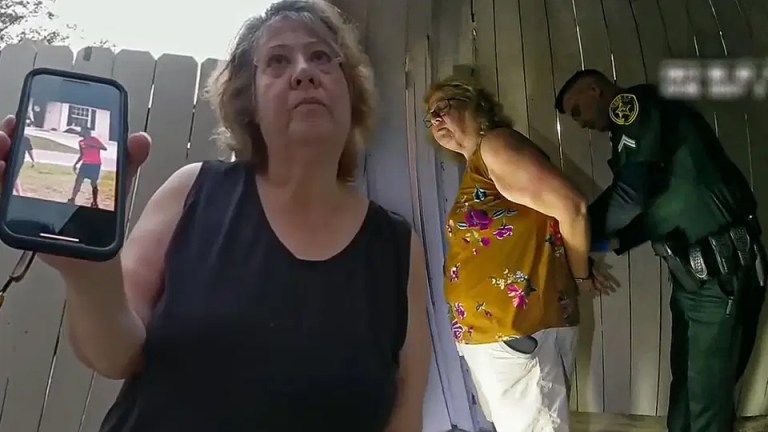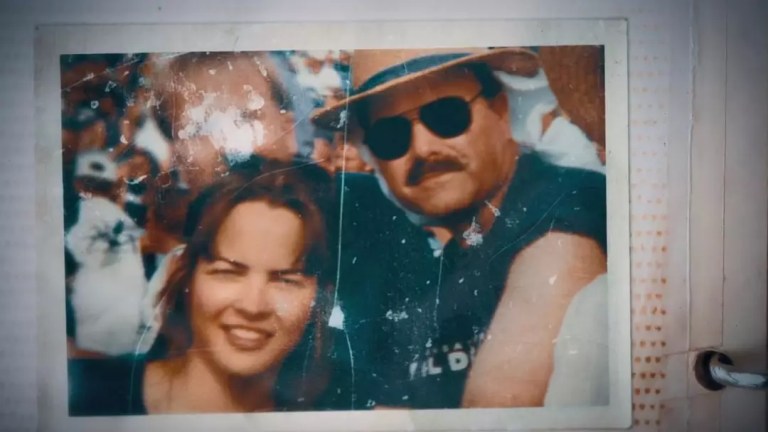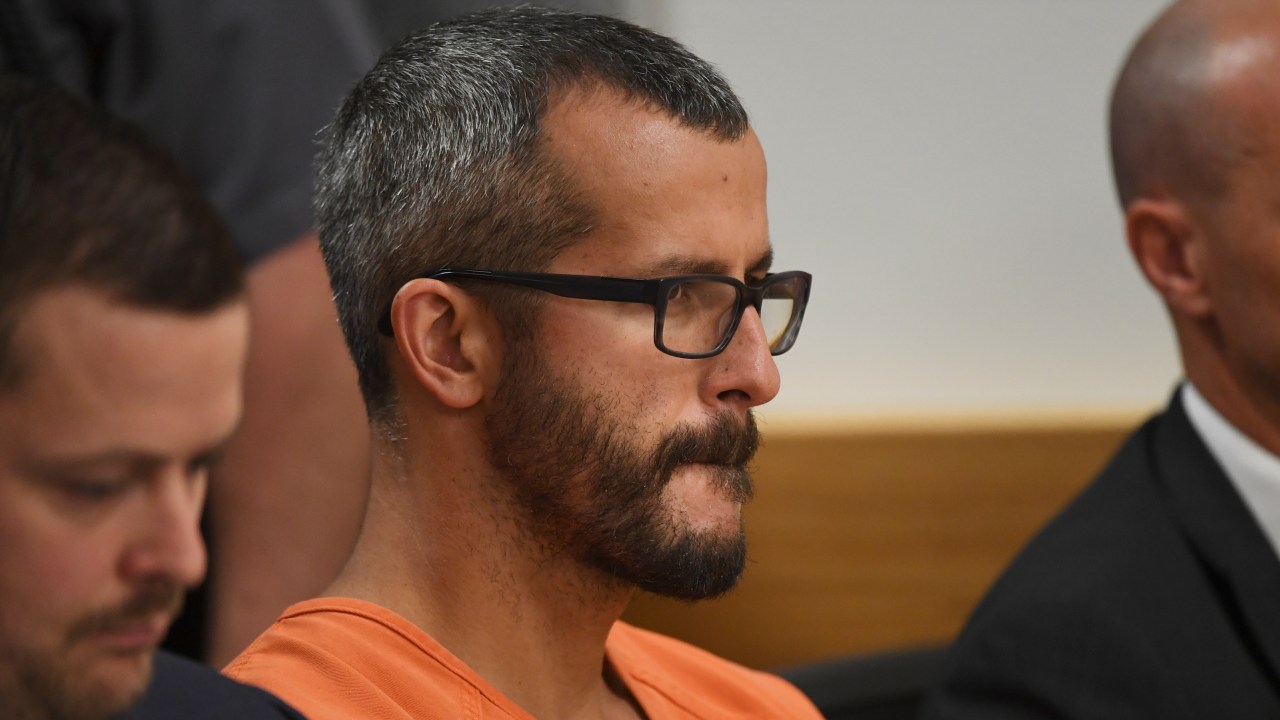
Why ‘American Murder: Family Next Door’ Is The Eeriest True Crime Documentary We’ve Seen In Years
It has the classic elements of a true crime doc with a harrowing modern twist: the directors used actual footage, texts, and social media posts to narrate the entire story.
By ![]() Ali Hinman
Ali Hinman
There is a formula to true crime documentaries: a couple old pictures + footage from a gas station + interviews with the people either involved or personally affected by the crime. There is usually a narrator with doom and gloom looming in their voices, and the story is told from a third-person perspective in the past tense. American Murder: The Family Next Door is the story of a gruesome triple homicide commited by Chris Watts who strangled his pregnant wife Shannan and two daughters to death before disposing of their bodies at his worksite. It has the classic elements of a true crime doc with a harrowing modern twist: the directors used actual footage, texts, and social media posts to narrate the entire story.
Shannan was a frequent Facebook live-r and posted pictures of her family almost daily. This gave directors hours of footage about Shannan talking about her life. Instead of surviving family members telling her story for her, she told the story herself. They also had hundreds of photos of Chris, Shannan, and the girls together, even in the days leading up to the murders. You watch the girls run up to Chris when he gets off the plane and how he seems to feign excitement. You see the potentially forced selfies of Shannan and Chris on their family vacation. It’s eerie to see a woman cheek-to-cheek with the man who would kill her days later.
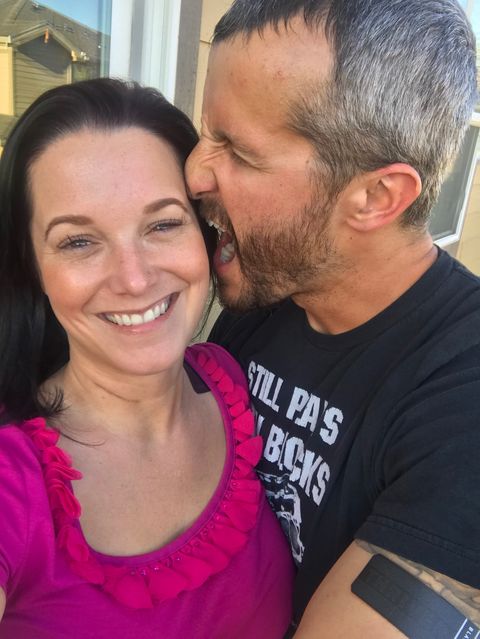
In addition to Shannan’s Facebook posts, her family and friends provided text messages that Shannan sent and received in the days leading up to her murder. She was on to Chris about his affair, so much so that she was telling her friends about it. The directors showed them on the screen as if they were being typed out and sent, which makes you feel like you are a part of the conversation yourself. On the first day of Shannan’s first disappearance, her friend found her phone at the house and turned it on to find texts pouring in from concerned friends and family, who knew that it was unlike Shannan to not text back. These texts popped up on the screen just as they would pop up on a phone. There were even texts from Chris that he sent after he killed her asking her where she was. As if he didn’t just bury her hours earlier.
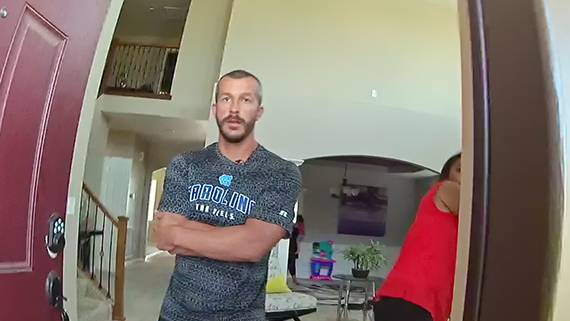
The icing on the creepy cake is the footage from the police. The beginning of the documentary shows body cam footage of the police arriving at Shannan’s house and interviewing Chris. The small group that accumulated at her house went over to a neighbor’s house who had caught Chris’s truck on camera. As the policeman and the neighbor watch the screen, Chris barely looks at the footage and keeps chattering on about where Shannan might be. Before they leave, the neighbor pulls the policeman aside to tell him that Chris is acting strangely. This puts the you in first person view of the investigation throughout this documentary, while crime documentaries are usually in third person. Police also provided footage of the actual interrogation, court, and sentencing process. This part of the investigation has been shown in other documentaries in bits and pieces, but the directors showed everything: from the initial interview, to the polygraph, to the interrogating after he fails it, to Chris finally breaking down and partially confessing, to the court hearings, to the family’s statements at his sentencing, all the way to Chris being taken from the courtroom to jail after being sentenced to 5 life sentences. You are along for the ride from the beginning to end.
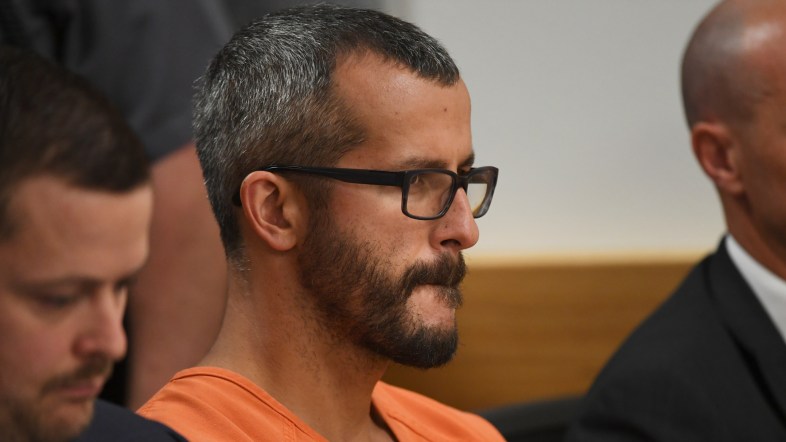
True crime documentaries include horrific detailing and accounts of unsightly stories, but in American Murder: The Family Next Door, you hear from the victim from beyond the grave and you are a fly in the wall through the entire investigation: an experience we’ve never had the misfortune of having.
